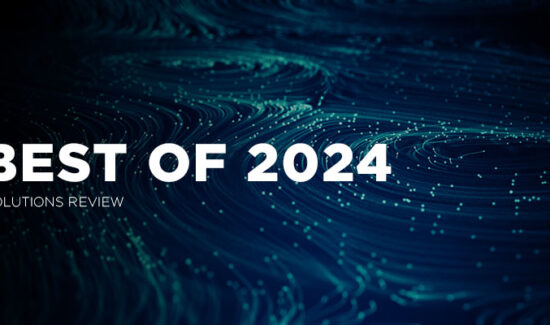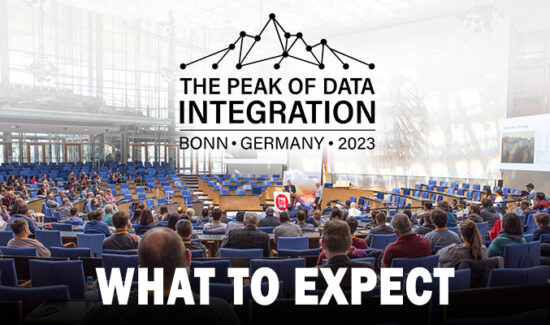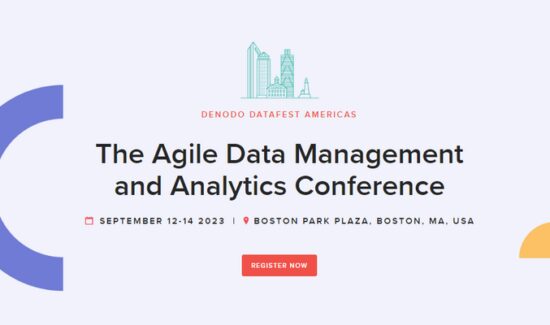Data Integration Provides Key Step Enabling University to Analyze $3.2 Billion Endowment Fund

Today, we have a piece of contributed content on the hot topic of data integration from Jay Mishra, Vice President of Product Development at Astera Software (www.astera.com). Below, Mr. Mishra discusses how Astera overcame the challenge of integrating data between multiple sources with no standard format for Vanderbilt University.
 By Jay Mishra – Managing a $3.2 billion endowment trust to maximize return and minimize risk is a challenge. But when performance and risk data come from multiple sources with no standard format, that challenge is dramatically harder.
By Jay Mishra – Managing a $3.2 billion endowment trust to maximize return and minimize risk is a challenge. But when performance and risk data come from multiple sources with no standard format, that challenge is dramatically harder.
That was the situation facing Vanderbilt University in Nashville, Tenn. Vanderbilt is a private research university enrolling approximately 12,000 students from all 50 U.S. states and over 90 foreign countries. The university’s Office of Investments manages its $3.2 billion endowment, which provides the university with funding for teaching, research, public services and more.
The office typically invests these funds through multiple external money managers who have little or no communication with each other. The Office of Investments wanted to be able to determine consolidated risk exposures of the endowment to better understand the impact of different macroeconomic and market shocks, but this proved to be a very difficult and, at times, manual task because the investment data was scattered across multiple systems.
To bring this data into a common platform, the university made the decision to acquire a data integration platform. Its requirements were simple, the university needed accurate and timely reporting of endowment investments and the ability to gather and map data from a variety of sources. The solution needed to be web-based, with an easy-to-use front end for business users, as well as a sophisticated engine to deliver the analytics necessary for the university’s stakeholders.
After a build-or-buy analysis, the decision was made to acquire a data integration platform and a team was formed to evaluate various integration tools.
The university already had in place SQL server integration services (SSIS), a data integration tool for Microsoft SQL server, but determined it was too difficult for users outside of the IT department and therefore entailed a significantly high total cost of ownership.
What the team needed was a solution with an easy-to-use front end for business users, as well as a sophisticated engine to deliver the analytics necessary for the university’s stakeholders.
Vanderbilt ultimately selected an extract, transform and load (ETL) software solution that provided dataflow, workflow, and scheduling capabilities, so that the university’s finance team could quickly develop integration jobs to automatically retrieve and map data from external money managers and internal systems into the endowment tracking software. The software interface that met the needs of both the university’s technical and non-technical users featured a drag-and-drop user interface that allowed the users to map data from a source file to a destination file without writing code.
With the new data integration software, the team’s business users can now develop complex dataflows in hours instead of weeks. The project has been so successful that Vanderbilt is now deploying the data integrator in other areas to enhance existing processes.























